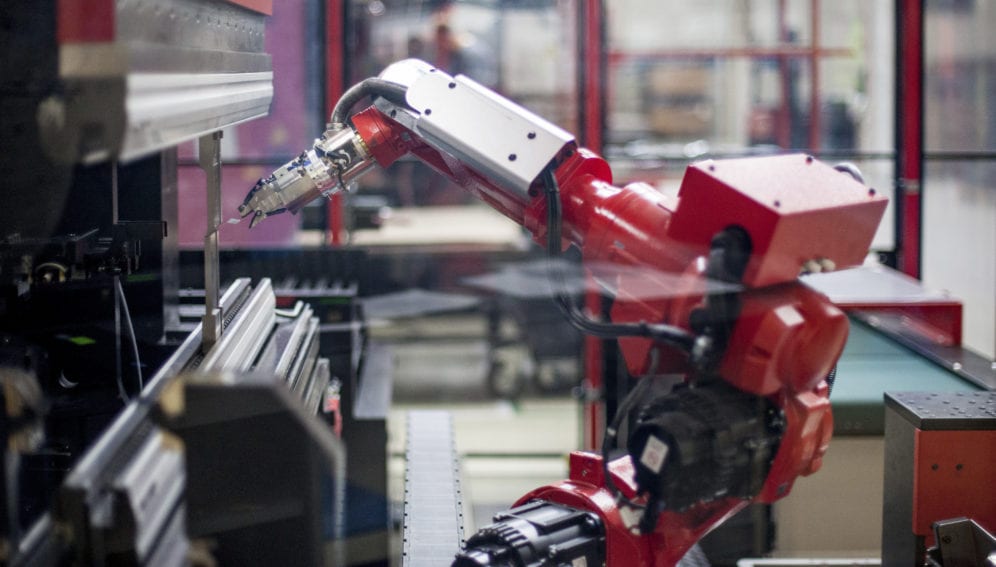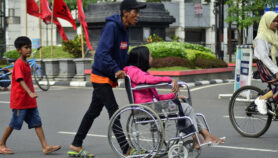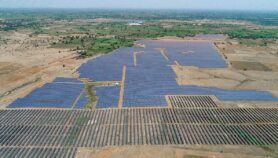By: Fatima Arkin
Send to a friend
The details you provide on this page will not be used to send unsolicited email, and will not be sold to a 3rd party. See privacy policy.
[MANILA] Although jobs could be lost to artificial intelligence (AI) and robotics, Asia is well-positioned to benefit from automation, says a recent report on the impact of technology on livelihoods.
According to an Asian Development Bank (ADB) report, automation usually impacts only some aspects of a job and is limited to places where it is technically and economically feasible.
“There will be some dislocation for workers, but it's not at a scale where you see a majority of people losing their jobs to machines”
Rana Hasan, Asian Development Bank
“There will be some dislocation for workers, but it's not at a scale where you see a majority of people losing their jobs to machines,” Rana Hasan, director of the economic research and regional cooperation department at ADB, tells SciDev.Net. “Governments in the Asian region will need to take some policy actions but, overall, it’s a positive story.”
Rising demand for jobs — the result of better productivity through automation — can offset job displacement and also contribute to the creation of new professions. ADB’s analysis, which looks at 12 economies in developing Asia during 2005—2015, strongly supports the idea that rising domestic demand more than compensates for job losses associated with technological advances.
In advanced economies, waiters tend to be among the lowest paid workers and raising the minimum wage can improve their status. But in Asia, agriculture workers tend to be the poorest and their situation can only be improved with technology. For instance, phone apps or text messages can readily help farmers monitor agricultural inputs.
The Food and Agricultural Organization (FAO) and the International Telecommunications Union (ITU) have already been promoting the use of emerging technologies for agriculture in developing countries. The e-agriculture strategy focuses on the enhancement of agricultural and rural development by fostering the use of technologies in formulating farming decisions.
Since 2015, the FAO and ITU have been assisting farmers in Afghanistan, Bhutan, Fiji, Laos, Myanmar, Papua New Guinea, the Philippines and Sri Lanka to implement the new methods.
Syed Ismail Shah, ITU area representative for Southeast Asia and Timor Leste, says while mobile applications, the Internet of things, sensor networks and AI help farmers, e-agriculture works best where there is a strong government role in enabling farmers to access emerging technologies.
“The private sector might be the producer of the technologies but the government is the key to enabling farmers to own the technology,” Shah says.
Anthony Galibert, a research fellow in Carbon Bee, France, says that while the developing world is lagging on AI, it will shortly be applied in the farms of Europe and the US for automatic weed and disease detection and assessing quality and maturity of crops.
“To use AI in agriculture, we need data about farming activities from several seasons. Data, such as on fungi infection in crops, will be used to detect diseases. I am afraid that farmers in developing countries rarely record that kind of data. It means we have to start from the very beginning,” he said.
The ADB report acknowledges that robotics and AI pose challenges for workers, especially those engaged in repetitive, routine tasks and do not have the education or training to move easily to other occupations. This could exacerbate income inequality in the Asia-Pacific region.
The ADB report finds that jobs that are intensive in cognitive tasks, social interactions, and the use of ICT— all of which tend to be filled by better educated and better-paid workers —expanded 2.6 percentage points faster than total employment annually over the last 10 years. Moreover, average real wages for these jobs increased faster than for routine or manual jobs.
But South-East Asia is diverse and each country must make its own strategies. For instance, in Vietnam, roughly a quarter of jobs depend on developed countries where there’s “some amount of saturation of demand” for items like clothes and shoes, notes Hasan. “So Vietnam will have to think about how to ensure that its domestic demand remains high.”
Meanwhile, countries like Thailand have already been thinking a lot about “industry 4.0” (which refers to automation and data exchange in manufacturing) because its ageing population — relative to its neighbouring countries — makes automation attractive, says Hasan. “Robots or automation become a nice way to keep workers working.”
ADB’s Hasan adds that skill systems need to be put in place to help youth transition from being students to workers. The current framework wherein kids go from primary school to secondary and then university or vocational school needs to be replaced by flexible universities or vocational schools where students in their late 30s or 40s can go to for retraining in digital technology or the Internet. This system is yet to be adopted in Asia.
With reports from Dyna Rochmyaningsih
This piece was produced by SciDev.Net’s Asia & Pacific desk.














